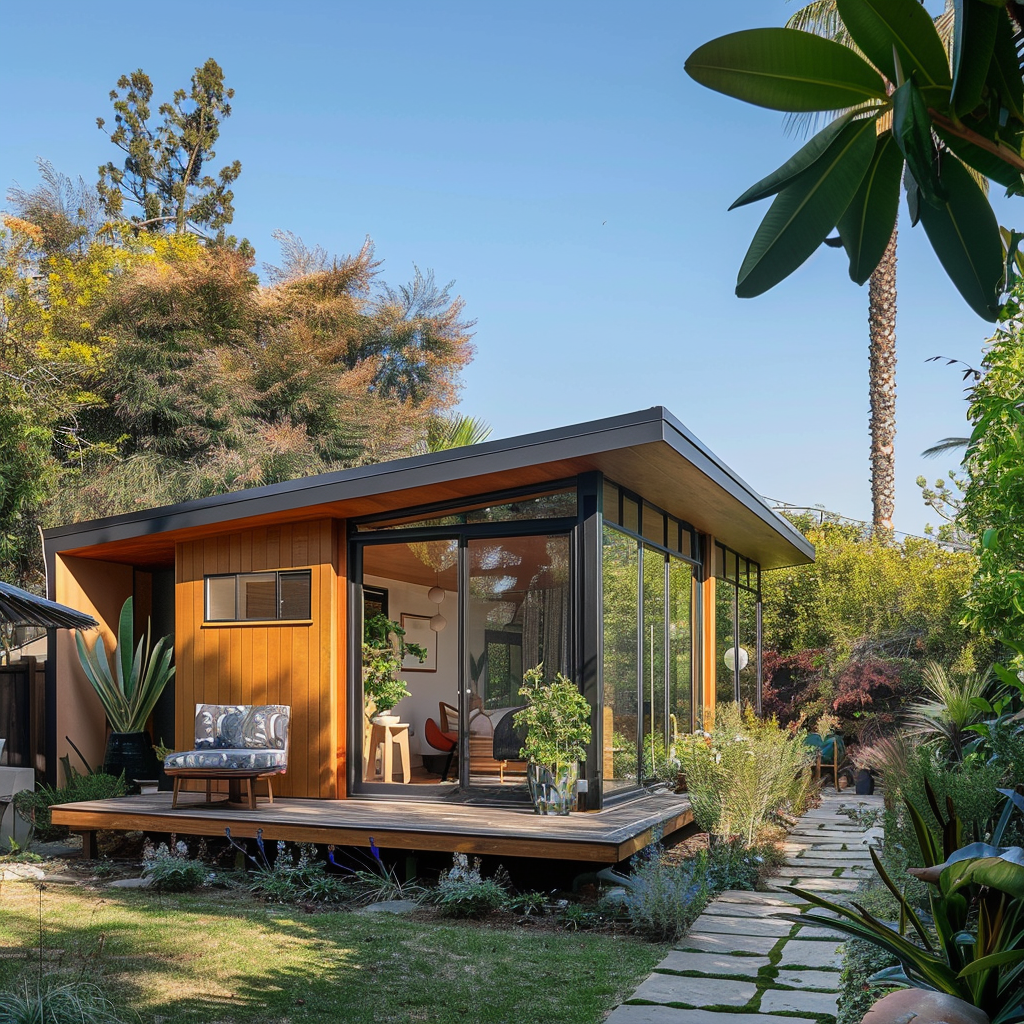What is Smart Home Technology Integration?
Smart home technology integration refers to the seamless connection of various smart devices and systems within a home to enhance convenience, security, and energy efficiency. By using interconnected devices, homeowners can automate tasks, control settings remotely, and optimize their living spaces for comfort and efficiency.
Why Smart Home Technology is Transforming Modern Living
The demand for smart home solutions has increased significantly in recent years. Homeowners are embracing automation to improve security, reduce energy consumption, and simplify daily routines. With voice assistants, smart thermostats, and AI-driven home systems, managing a home has never been easier.
Convenience and Automation at Your Fingertips
One of the biggest benefits of smart home technology integration is convenience. Imagine controlling your lighting, thermostat, and security system from your smartphone or with a simple voice command. Whether you’re at home or miles away, automation ensures your home operates efficiently with minimal effort.
Enhanced Security and Peace of Mind
Security is a top priority for many homeowners. Smart security systems, including video doorbells, motion detectors, and automated locks, provide real-time monitoring and alerts. With smart home integration, you can receive instant notifications and take action from anywhere.
Energy Efficiency and Cost Savings
Smart home devices are designed to optimize energy use, reducing electricity bills while minimizing environmental impact. Smart thermostats adjust temperatures based on occupancy, and energy-efficient lighting adapts to usage patterns. These technologies make homes more sustainable and cost-effective.
Key Features of Smart Home Integration
Centralized Control with Smart Hubs
A smart hub acts as the brain of your home automation system, connecting various devices and enabling centralized control. With a smart hub, you can manage lighting, temperature, security, and entertainment from a single interface.
Voice-Activated Assistants for Hands-Free Operation
Voice assistants like Amazon Alexa, Google Assistant, and Apple Siri allow homeowners to interact with their smart devices through simple commands. This hands-free functionality enhances accessibility and ease of use.
Smart Sensors for Enhanced Efficiency
Smart sensors detect movement, temperature changes, and humidity levels to automate settings accordingly. For example, motion sensors can turn off lights when a room is empty, saving energy without any manual intervention.
The Future of Smart Homes: What to Expect
As technology continues to advance, smart home integration will become even more intuitive and personalized. AI-driven automation, enhanced connectivity with 5G, and improved energy management systems will further revolutionize the way we interact with our homes.
For homeowners looking to incorporate smart home technology, choosing the right devices and a well-integrated system is key. If you’re interested in learning more, check out our home automation solutions or explore our smart security services.


